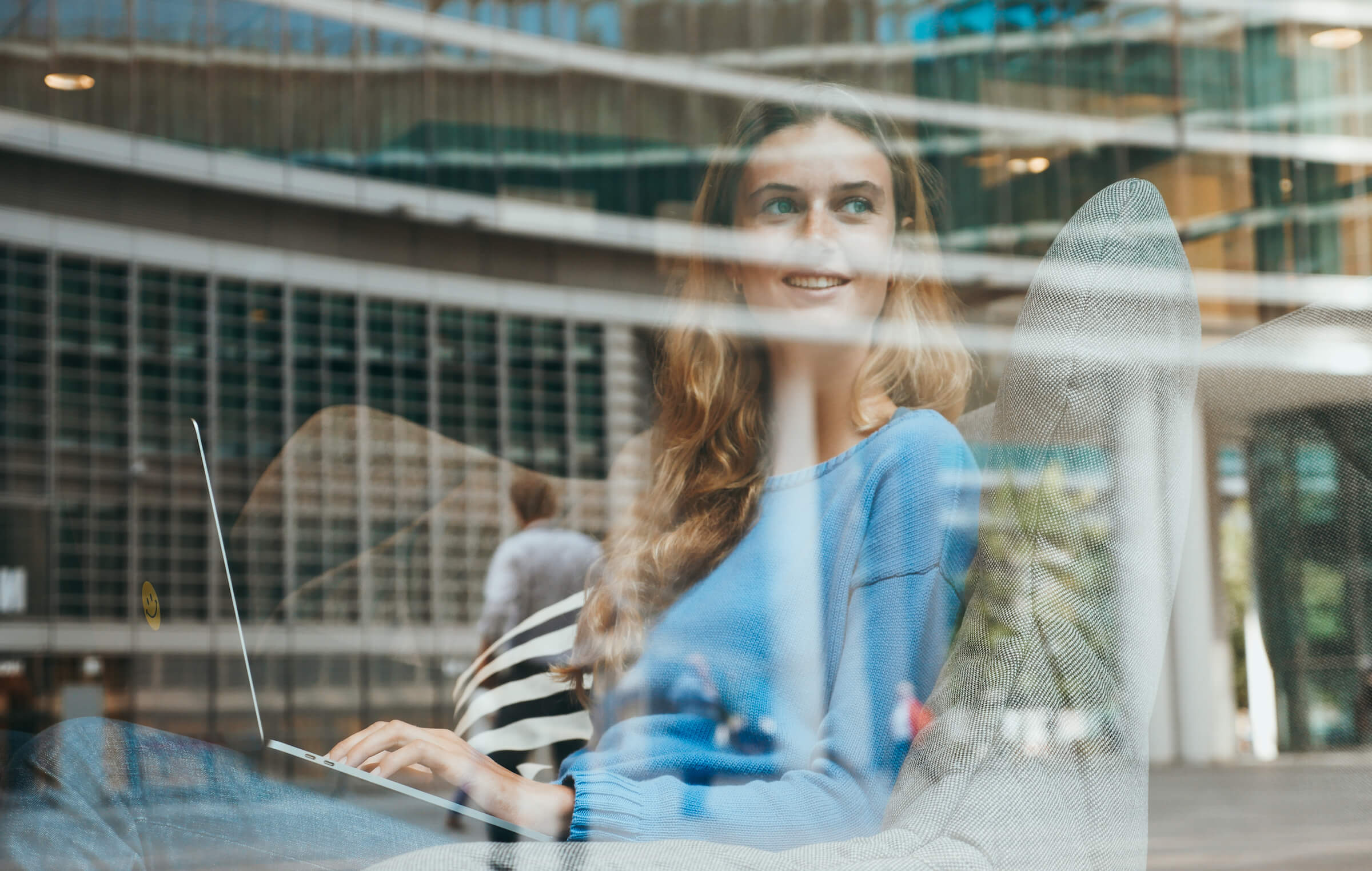- Home
- Business Innovation
- Kanban System: an Overview of the Kanban Methodology
Business Innovation
3
min read
Kanban System: an Overview of the Kanban Methodology


Don't you want to read? Try listening to the article in audio mode 🎧
The Kanban methodology was originally developed in the early 1940s in Japan by Taiichi Ohno (an industrial engineer and businessman) in an attempt to improve the workflows of Toyota automotives. The peculiarity of Kanban is that it is a “gentle” way of making changes happen: it doesn’t require revolutionary changes but rather it is based on triggering a process of continuous small improvements. It doesn’t require throwing away everything that you have done and starting again, but rather it focuses on what you are already doing and builds on that.
Thanks to this non-disruptive approach it is more easily accepted by teams and management since it doesn’t threaten the actual workflow, team organisation or people involved but it makes changes happen by many small parts. It is extremely flexible: you can apply Kanban to any kind of project or workflow, in just any field, from automotive to marketing, from software development to sales, and it’s a particularly good fit for knowledge work areas.
Kanban is the translation into alphabetic characters of a Japanese word that means “visual board” or “sign”. As a matter of fact, Kanban IS a visual methodology: it requires that you set up a “Kanban board” where you visually follow the advancement of a project or of a workflow. In the most simple version of it, you can imagine a Kanban board as a board where you place sticky notes on three columns: “to do”, “in progress”, “done”. And in this way, you can immediately have a glimpse of how your project is going. But obviously, there is more to Kanban than that.
The Kanban 4 foundational principles
If you want to apply Kanban you must be aware that Kanban follows a set of principles and rules that, while not being strict, do offer precise guidelines. Let’s start with the 4 foundational principles, that are:- Start with what you are doing now
- Agree to pursue incremental, evolutionary change
- Initially, respect current roles, responsibilities and job titles
- Encourage acts of leadership at all levels
The Kanban 6 core practices
It is with the 6 core practices that we can see the Kanban “spirit” fully unfold. They are:- Visualise the flow of work
- Limit WIP (Work in Progress)
- Manage Flow
- Make Process Policies Explicit
- Implement Feedback Loops
- Improve Collaboratively, Evolve Experimentally
Kanban software
Even if physical boards are a great way to start practicing Kaban, using the right kanban software can help you save time and work smoother, due to its many built in features. There are many solutions to choose from, the most widely known are Kanbanize, Jira, Trello, Asana, Smartsheet and Flow-e. The best way to understand if one of these could be fit for your company is to try them, taking advantage of their free or trial versions.
Article updated on: 09 August 2023

Don't Waste Your Talent. Turn It Into a Career With a Course That Fits Your Needs!
Talent Garden is your Digital Skills Academy, offering courses in Digital Marketing, UX Design, Digital HR and Data Analysis designed to launch your career.
Keep reading

6
min read
4 Foodtech Trends to Keep Track of in 2021
Although COVID-19 has thrown the food industry into a state of flux, Foodtech companies have been working as hard as ...
Talent Garden
13/01/2021

2
min read
Meet our Students: Rebecca Kiechl – UX Design Fulltime Bootcamp
Rebecca Kiechl was a participant in our UX Design Fulltime Bootcamp happening 100% Online. Read the interview to find ...
Talent Garden
15/04/2021

8
min read
The Key to Finding Success Through Work-Life Balance
At Talent Garden Dublin we have recently launched a new initiative called Members Spotlight! Because of Covid 19 our ...
Talent Garden
19/10/2020

7
min read
Online learning: the advantages and disadvantages of E-Learning
Embracing the Future of Education: The Pros and Cons of Online Learning In the rapidly evolving landscape of education, ...
Talent Garden
15/09/2020
